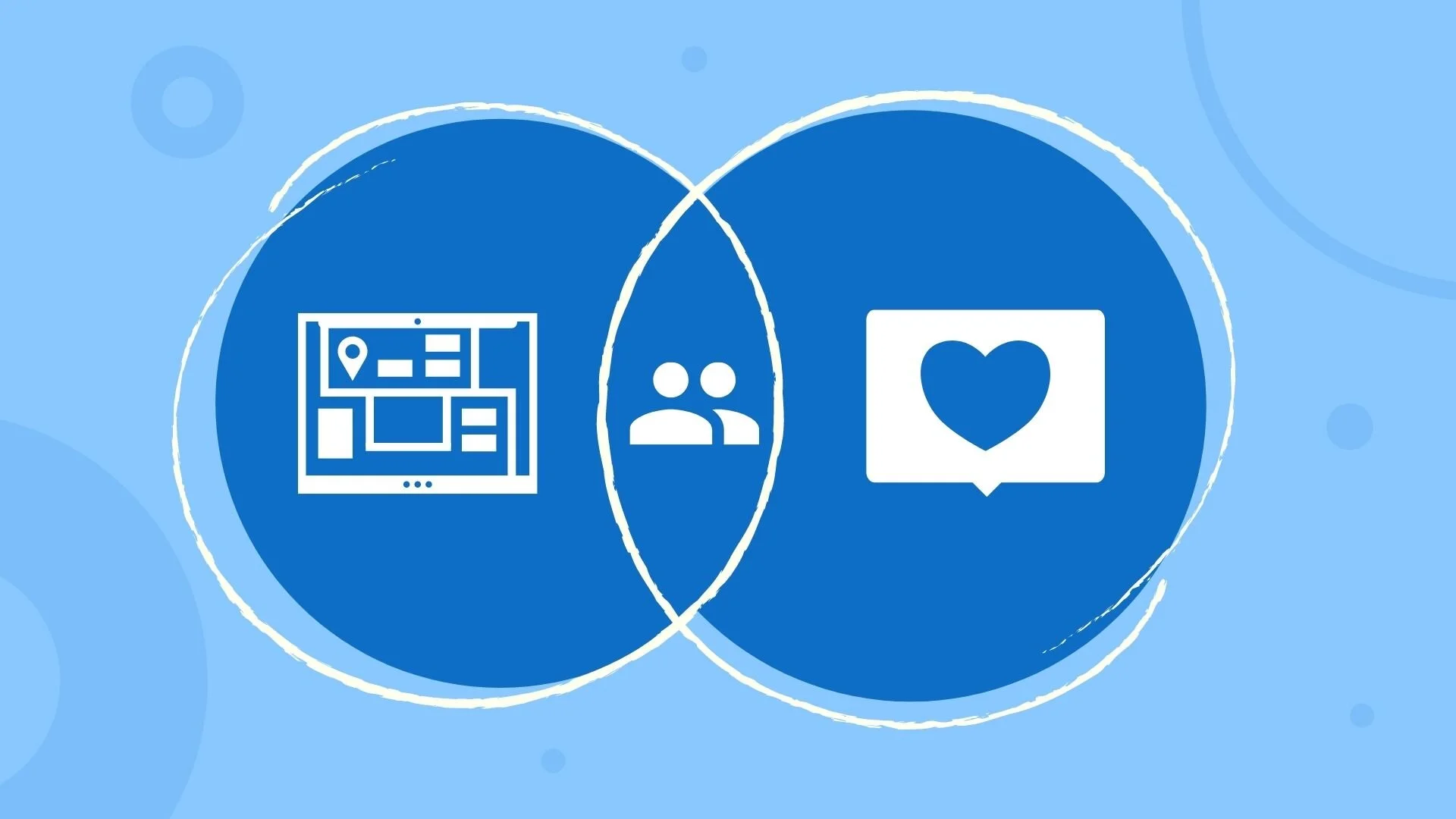5 Reasons Why Social Media Managers Can Be Assets for UX
In a perfect world, UX designers would always have the appropriate support, time, and resources to do all the user research needed before making design decisions. However, we rarely ever live in a perfect world. Whether it be because stakeholders won’t authorize funding or the development process doesn’t allow for enough discovery, UX designers are often forced to work with constraints. While there are always costs for skimping on user research, there are ways to try and mitigate unavoidable limitations. One of those ways may just be a Slack message away – your social media manager.
Social media and UX may not seem all that related at first, but they share one important commonality, they’re both centered around people. Social media managers have to worry about content and communications meeting people’s expectations usually for PR or marketing purposes while UX designers are concerned with the usability of products. Both roles, though, spend a good deal of time learning about people in a way others don’t.
Here are 5 reasons why social media managers can be valuable assets for UX designers.
1. They have regular exposure to users
It’s an unfortunate reality that social media managers tend to be hooked into a brand’s community 24/7. The upside for UX designers, though, is that this affords social media managers a unique window into people, their motivations, and their problems.
Now, not all of these people are your end-users, but if you’re wanting to regularly update your user research outside of specific projects and don’t have resources for it, checking in with your social media manager might offer at least some insight. If nothing else, you may be able to use what you learn to get stakeholder buy-in to do the research you want.
2. They understand the value of being user-centered
Social media managers aren’t going to question why you want to know what you want to know. They get it. They’re design thinkers too. In their circles they’re often in the same position as UX designers, acting as user advocates and reiterating why caring about people matters for a business. So, getting useful insights from them should be relatively easy.
This is why it can also be helpful to include social media managers on your stakeholder interview list. Some internal stakeholders have inaccurate ideas of who end users are and what they want. While social media managers are not bias-free, they are likely to offer a realistic, data-driven picture of users and their problems because they know it’s important.
3. They have data, lots of it
Whether it be from social media platforms or social listening tools, social media managers are drowning in data, both quantitative and qualitative. UX designers usually have access to product analytics, but quantitative data only goes so far in telling the story. You need qualitative data to answer the why and help validate your hypotheses.
Working with a social media manager to set up social listening to collect qualitative data can be a workaround for when the situation doesn’t allow for user interviews or you need preliminary data to decide whether investing further in an idea is worth it.
4. They can be a user proxy
Social media managers are likely to have interacted with users, often for support purposes, content sourcing, or their own research efforts. Just like sales or support staff, this exposure makes them more capable of putting themselves in the shoes of users and speaking on behalf of them.
It’s important to seriously consider whether user proxies are the right direction to go with your research because there’s no true substitute for the real thing. If you need to go this route, though, social media managers are easily accessible and will work in a pinch.
5. They can help identify design opportunities
Social media has become a key customer support channel so social media managers are very likely the first to hear about user problems and crises. They also regularly do competitive analysis and stay up to date on what competitors are doing.
“Social media isn’t just where you say you’re helping, but it’s also where you find out how you can help.”
This places them in a prime position for identifying opportunities for product improvement and innovation. It also makes them a great ideation resource for UX designers looking to make incremental improvements or find new product ideas.
Final Thoughts
If you choose to pursue any of these suggestions remember that, for good or for bad, behavior on social media isn’t always equivalent to how someone would act in reality. Social media insights are an imperfect solution so validate them with other research methods whenever possible.
In the right circumstances, though, a social media manager can be a UX designer’s best friend. This is a relationship that is certainly worth building and can pay off for your work. Plus, it never hurts to have another human-centered person to talk to.




